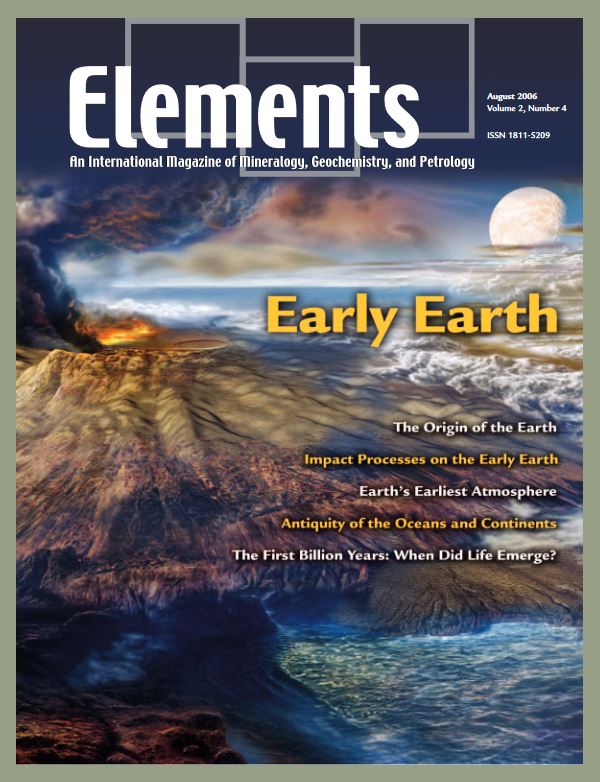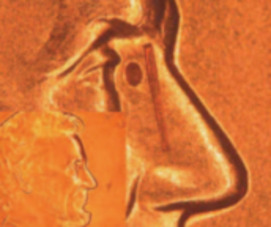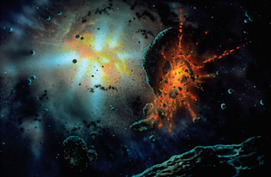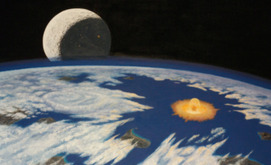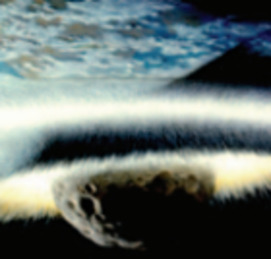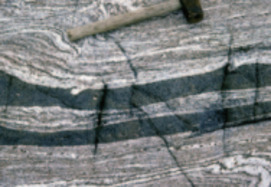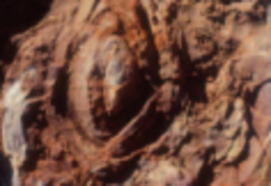
Early Earth
John W. Valley – Guest Editors
Table of Contents
The earliest Earth was a strange inhospitable world, yet transitions occurred culminating in the evolution of life within the first billion years. The preservation of a sparse and ambiguous rock record has encouraged debate. Recent studies have greatly refined the nature and timing of key events. This volume will review current knowledge of the age of the Earth, massive meteorite impacts, the atmosphere and hydrosphere, the rock record, and the emergence of life.
- Early Earth
- The Origin of the Earth What’s New?
- Impact Processes on the Early Earth
- Earth’s Earliest Atmosphere
- Antiquity of the Oceans and Continents
- The First Billion Years: When Did Life Emerge?
Activation Laboratories (Actlabs)
Australian Scientific Instruments (ASI)
CAMECA
Excalibur Mineral Corporation
Hudson Institute of Mineralogy
Materials Data (MDI)
Meiji Techno America
PANalytical
Rigaku
RockWare
University of British Columbia
University of New Brunswick
v2n5 Glasses and Melts: Linking Geochemistry and Materials Science
Guest editor: Georges Calas (IMPMC and Université Paris 6 et 7), Grant S. Henderson (University of Toronto), and Jonathan F. Stebbins (Stanford University)
Geological interest in studying melts stems from early recognition that melts play a fundamental role in determining the physical and chemi- cal behaviour of magmas and magmatic processes. However, due to the inherent difficulties associated with working at high temperatures, much of the geological research over the last 30 years has used quenched melts or glasses as proxies for melts themselves. The assump- tion that the structure of the glass resembles that of the melt has been found to be good, at least at the temperature where the melt transforms to a glass. We will review how glass research has contributed to our understanding of melt structure and the behaviour of magmas. Emphasis is placed on elucidating the links between our knowledge of the atomic structure of melts and the macroscopic behaviour of magmas such as rheology, diffusion, trace element partitioning and redox behaviour.
- Glasses and Melts: Linking Geochemistry and Materials Science Georges Calas (IMPMC and Université Paris 6 et 7) , Grant S. Henderson (University of Toronto) , and Jonathan F. Stebbins (Stanford University)
- The Structure of Silicate Glasses and Melts Grant S. Henderson (University of Toronto), Georges Calas (IMPMC and Université Paris 6 et 7), and Jonathan F. Stebbins (Stanford University)
- Geochemical Aspects of Melts: Volatiles and Redox Behavior Harald Behrens and Fabrice Gaillard
- Transport Properties of Magmas: Diffusion and Rheology Donald B. Dingwell (University of Munich)
- Dynamics of Magmatic Systems Bruce D. Marsh (Johns Hopkins University)
- Structure–Property Relationships in Industrial and Natural Glasses Laurence Galoisy (Institut de minéralo- gie et de physique des milieux condensés and Université Paris 6 et 7)
- User Research Facilities in the Earth Sciences (February 2006 )
- Arsenic (April 2006)
- Water on Mars (June 2006)
- Early Earth (August 2006)
- Glasses and Melts: Linking Geochemistry and Materials Science (October 2006 )
- The Nuclear Fuel Cycle: Environmental Aspects (December 2006)


